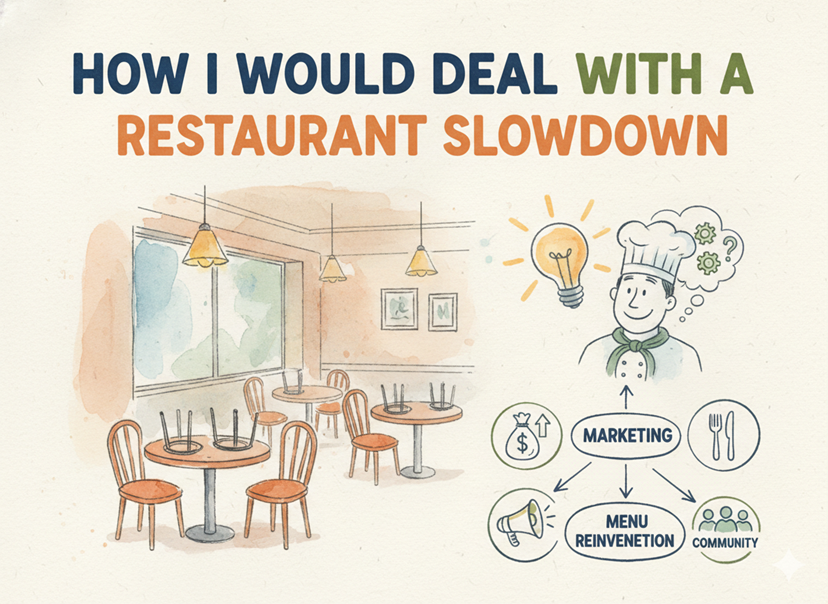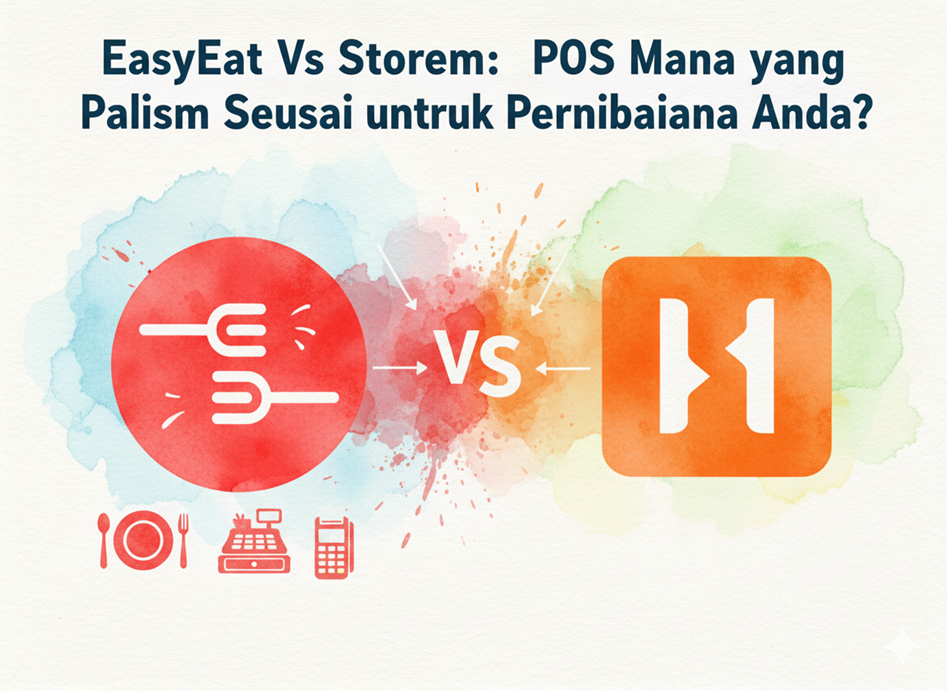Have you also been one of those 61% of restaurant owners who struggle to manage their finances? Have you also spent more money than you made and experienced loss?
Budgeting is the process of planning how much money you will spend in your restaurant over a certain period. Forecasting is the process of estimating the future performance of your restaurant based on past performance.
To manage your finances better and avoid over-spending you need to make a budget and to stay prepared for the future you need forecasting.
What is Restaurant Budgeting?
Budgeting is the process of planning how much money your restaurant will spend and make over a certain period. This allows you to set financial goals, manage expenses, and ensure you have enough cash on hand to cover things like rent, food costs, and employee wages.
Restaurant budgeting is key to staying profitable. It helps you understand how much you need to sell to cover your costs and make a profit. A well-planned budget gives you the roadmap for how your restaurant will operate financially over the next year.
What is an Example of Budgeting?
For example, if you know your restaurant spends RM15,000 a month on rent, RM10,000 on ingredients, and RM5,000 on staff wages, you can budget your sales and promotions accordingly. By tracking your expenses and revenue closely, you can avoid financial pitfalls like running out of cash or overspending.
What is Forecasting in a Restaurant?
Forecasting is predicting how your restaurant’s performance will look in the future. Unlike budgeting, which is a plan, forecasting is an estimate based on past performance. For example, if your restaurant made RM50,000 in sales last December, you might forecast similar sales this December based on trends and patterns.
Forecasting helps you plan for busy and slow periods, so you can stock up on ingredients or adjust your staff schedules accordingly. It’s like using your restaurant’s past data to make educated guesses about what will happen in the future.
A Restaurant Forecasting Example
A good example of restaurant forecasting is predicting how many customers you’ll have during a holiday season. If you’ve had more customers on Christmas in the past few years, you can forecast a busy period during the holidays and plan your inventory and staffing levels accordingly. This ensures you won’t run out of food or have too many employees on the floor when it’s quiet.
How Do You Do Budgeting and Forecasting in a Restaurant?
Budgeting and forecasting in a restaurant go hand in hand. First, let’s talk about budgeting. To create a budget, you need to:
- Calculate your fixed costs: These are expenses that stay the same every month, like rent, utilities, and insurance.
- Estimate your variable costs: These include things like food costs and staff wages, which can change from month to month.
- Set financial goals: How much profit do you want to make each month? Knowing this will help you plan your sales targets.
- Track your expenses: Keep a close eye on how much you’re spending to make sure you’re staying within your budget.
Forecasting is the next step, and it builds on your budget. Here’s how you can create a forecast:
- Analyze past data: Look at your sales, expenses, and customer numbers from the previous year or months.
- Predict future trends: Based on your past data, estimate how much business you’ll do in the coming months.
- Adjust your budget: Use your forecast to adjust your spending and sales goals.
By doing both, you can keep your restaurant financially stable and make smart decisions about spending, staffing, and inventory.
Which Comes First: Budgeting or Forecasting?
Budgeting typically comes first, setting the foundation for your restaurant’s financial plan. It helps you know how much you can spend and your financial goals. Once you have a budget, you can start forecasting based on how well your restaurant performs compared to the budget.
However, some restaurant owners find it helpful to forecast first if they have past data to rely on. This gives them an idea of what they can expect in terms of sales and helps them set more realistic budgets.
For example, if your forecast shows that sales are likely to dip in January, you can create a more conservative budget to prevent overspending during the slower month.
Why Are Budgeting and Forecasting Important?
Both budgeting and forecasting are essential because they help you stay on top of your restaurant’s financial health. Here are some key reasons why these two strategies are so important:
- Avoid overspending: When you know exactly how much money you have to work with, it’s easier to stay within your means.
- Plan for slow periods: Forecasting allows you to plan for slow seasons, so you don’t end up with too much inventory or too many employees when business is down.
- Maximize busy periods: By predicting busy times, you can stock up on ingredients and have more staff available to handle the rush.
- Set financial goals: Budgeting helps you set realistic sales targets and profit goals.
- Stay cash-flow positive: With a solid budget and accurate forecasts, you can ensure your restaurant always has enough cash to operate smoothly.
72% of restaurants that fail do so because of poor financial management, according to a report from CNBC. Don’t let your restaurant be part of this statistic!
Common Challenges with Budgeting and Forecasting
Of course, budgeting and forecasting aren’t always easy. Many restaurant owners struggle with:
- Unpredictable expenses: Food prices can fluctuate, and unexpected repairs can throw off your budget.
- Inconsistent sales: Seasonal trends, weather, and even current events can impact your sales, making it hard to forecast accurately.
- Time constraints: Budgeting and forecasting take time and effort, which can be challenging when you’re busy running a restaurant.
But the good news is, that with the right tools and strategies, you can overcome these challenges. A POS system like EasyEat can help automate much of the forecasting process by giving you access to real-time sales data and reports, making it easier to track your financial performance and adjust your budget accordingly.
Budgeting and forecasting are two of the most important tools in your restaurant’s financial toolbox. By creating a budget, you can plan your expenses and set financial goals. By forecasting, you can predict future trends and adjust your budget accordingly. Together, they help you manage cash flow, avoid financial pitfalls, and grow your restaurant business.
Whether you’re just starting or have been in the restaurant business for years, it’s never too late to start budgeting and forecasting. With proper planning and the right tools, you can set your restaurant up for long-term success.
Remember, 61% of restaurant owners struggle with financial management, but by implementing these strategies, you can stay ahead of the curve and keep your restaurant profitable.




